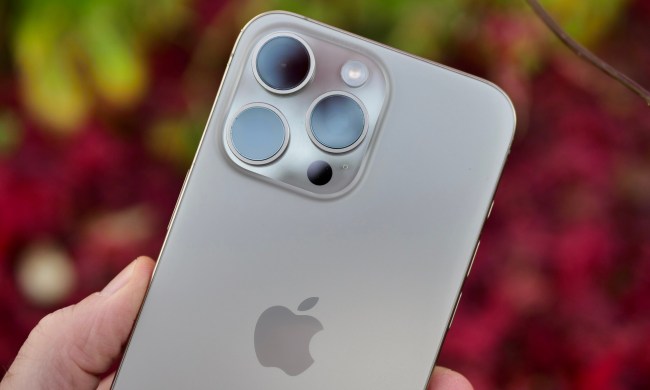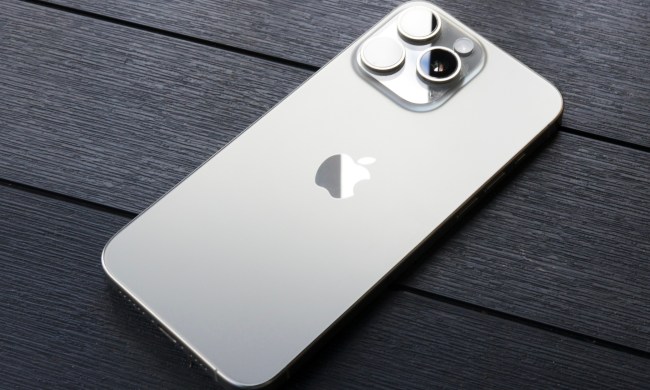U.K.-based Zanco thinks you have space in your pocket for another phone, and from the looks of it, the Tiny t2 won’t take up much space at all. What the company’s calling the “world’s smallest phone” appeared on Kickstarter this week, becoming fully funded in less than a day.
This is the second tiny phone from the company, the other being the Zanco Tiny t1, introduced in 2017 and on sale on Amazon for $50.
The Tiny t2 is small, though, and more of a technological marvel for all that’s packed inside. Measuring in at 2.4 inches tall, 1.18 inches wide, and 0.65 inches deep and weighing just 31 grams, it’s roughly the size of a large keyfob. But a lot is packed into this small space (much of which the t1 didn’t have), including a 3G radio, a 0.3 megapixel camera, Bluetooth connectivity, 3.5mm headphone jack, microSD slot, and a 1-inch TFT screen. It even has a few games pre-installed.
Battery life is also impressive, with Zanco claiming about a full week’s worth of standby time on a single charge. But there are some drawbacks — there’s no LTE, and since it’s so small, those fat-fingered among us might have a lot of trouble operating its keys.
But this isn’t intended to be your primary phone. Zanco markets the Tiny t2 as a “secondary phone,” one you can use during exercise instead of your bulky smartphone thanks to its MP3 support and built-in radio. With people so tied to their smartphones these days, that is probably the only way that you’re going to be able to market something like this successfully.
But there’s a problem with that argument, though. Previous tiny phones and “companion” devices never got much traction, and there’s not much reason to believe things have changed that much.

We’ve tried super-small phones once before — mostly in the days where small phones were a novelty in the late 1990s and early 2000s. Perhaps the most notable of these was the Nokia 8200 series. While a cult favorite due to its small size (which is about twice the size of the Tiny t2, by the way), the 8200 series had a host of issues, the most notable of which eventually did it in: Its tendency to overheat and poor signal and audio quality. Both of these problems were a result of cramming too much into a small space.
“Secondary devices” have been tried too, without any more success. Remember the Palm brand’s attempt at coming back? It fell flat thanks to an outrageously high price and unclear purpose. At least Zamco’s trying to make it useful with actual cellular connectivity, and a $130 price when it goes on sale this spring — and $59 for Kickstarter backers.
As with any crowdfunding project, we recommend you take caution when deciding to support them — see our recommendations on how to back these projects the smart way. With Zanco already manufacturing and selling, this particular crowdfunding effort carries a little less risk, we think.


